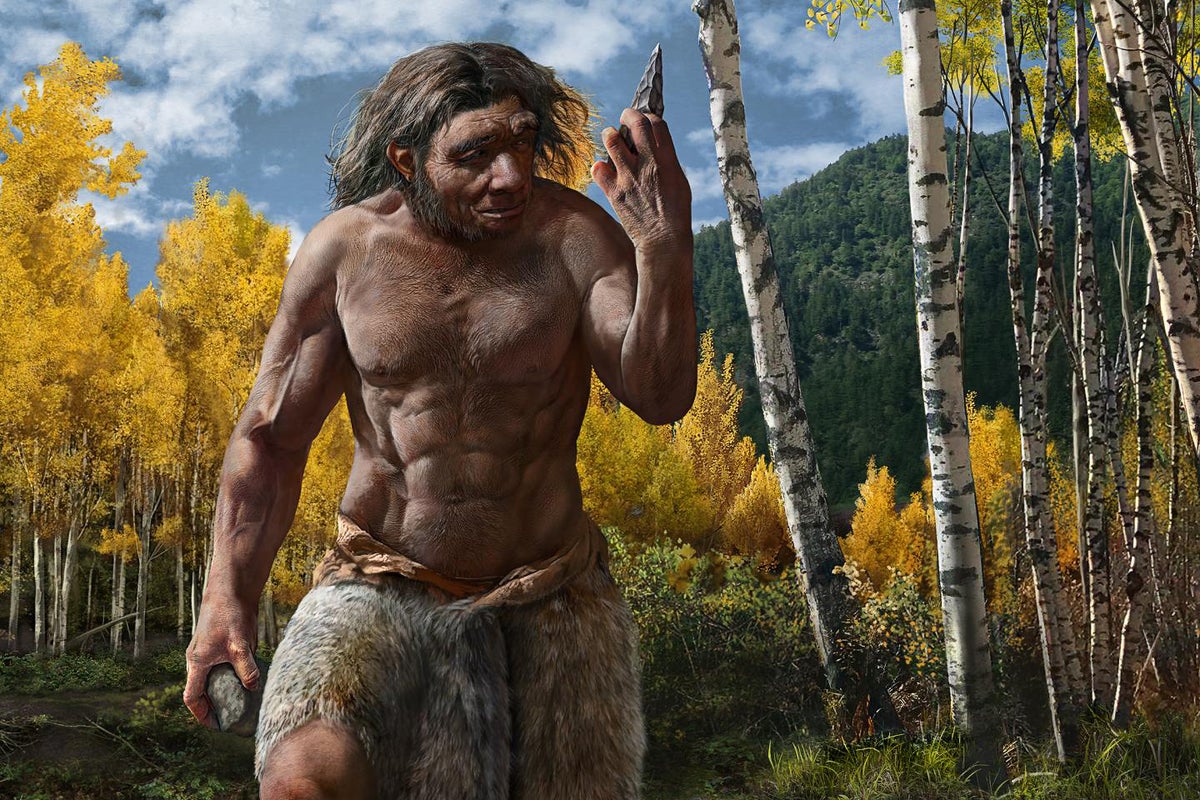
"We finally have some insights into the cranial morphology of the Denisovans, which had remained a mystery since their DNA was first identified in 2010."
"The fossil, which is at least 146,000 years old, ends a decade and a half of speculation about the Denisovans' appearance."
Recent research has successfully linked a nearly complete skull to the Denisovans, providing insights into this archaic human group's cranial morphology. Discovered near Harbin, China, the fossil, dated to at least 146,000 years old, ends longstanding speculation surrounding the Denisovans' appearance since their DNA was first identified in 2010. This breakthrough offers a clearer understanding of their features, including a prominent brow ridge and a brain size comparable to that of modern humans and Neanderthals. The work was published in Cell and Science, highlighting the importance of palaeogenomics in understanding human evolution.
Read at www.nature.com
Unable to calculate read time
Collection
[
|
...
]